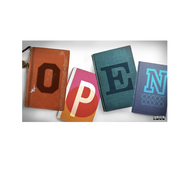Module 4: Introduction to Open Licensing
(View Complete Item Description)Did you realize these course modules are an OER? Do you want to reuse the content, modify it for your students or colleagues? Guess what … you can, with attribution of course! You’ll learn more about reusing open content and explicit open license permissions, such as attribution, in Module 7. However, understanding what makes it possible for you to reuse, modify, and reshare this work is the first step. These activities are legal because when it was created the author released it with an open license. When discussing open licensing it also is necessary to review definitions of important terms and legal requirements of laws and principles applied to a creator’s work and how it can be used or reused. In addition to introducing and defining open licenses, this module will review and define copyright, fair use, and public domain.
Material Type: Module


















